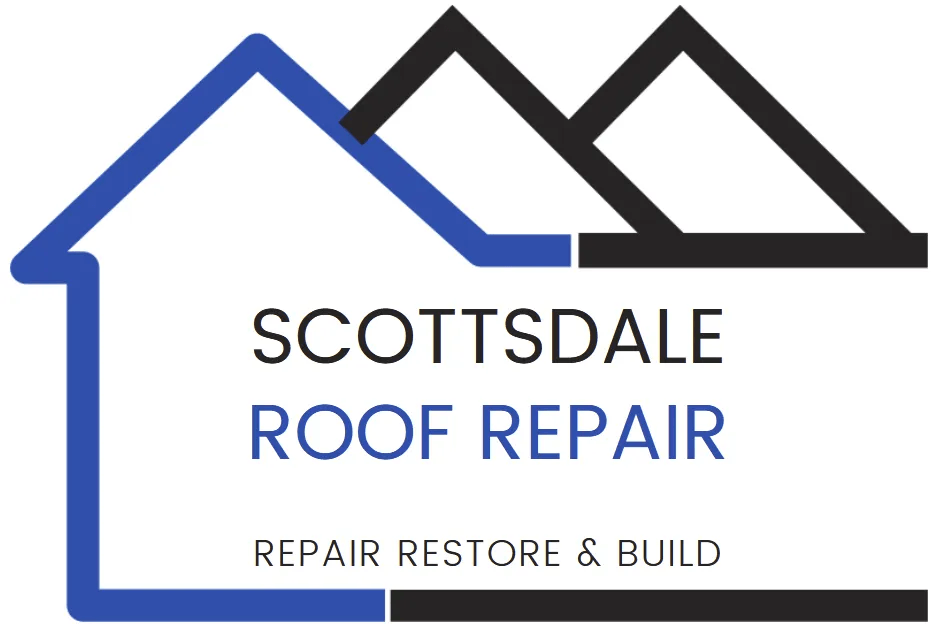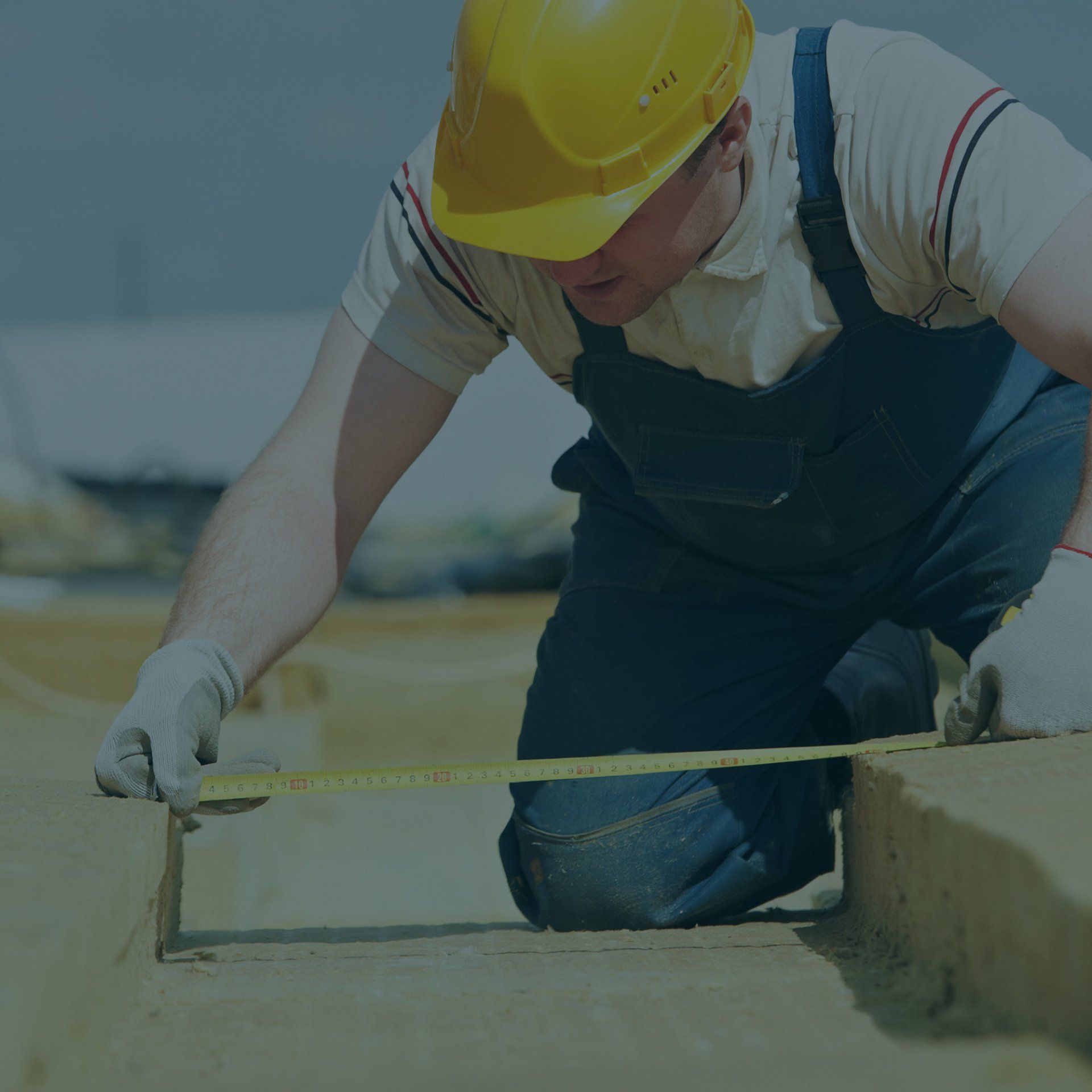Commercial Elastomeric Coating in Scottsdale AZ

Elastomeric Coating
- Urethane — This type of coating is more expensive but is highly impact-resistant. It is best used on a roof with a slight elevation as it does not tolerate standing water well.
- Acrylic — A water-based coating, acrylic is cheaper than the other two options. Because it is water-based, it is used primarily on sloped roofs to avoid loss of the product during rain or snow.
- Silicone — Silicone, resin-based coating, is 96% solid, so it is better at adhesion than urethane or acrylic. It is the right choice for a completely flat roof due to its resistance to moisture and tolerance to standing water. It is a much more weather-resistant product than acrylic but is also more expensive.
Our Elastomeric Coating Services

If you're looking for a durable, water-resistant paint to protect your home's roof, you may be considering an elastomeric coating. Elastomeric paints are great for a variety of different purposes, from wooden decking to single-ply roofs made from EPDM rubber. Various brands make elastomeric paints, with different performance properties. Our elastomeric coatings in Scottsdale, AZ are ideal for both new and used assets. They can be applied to masonry, concrete, stucco, and wood. However, wood needs breathing space. Even small breaches in the coating can allow moisture to penetrate the wood and cause it to decay or mold. Because of this, elastomeric coatings can still dry toward the inside without the use of a vapor barrier.
An elastomeric roof coating in Scottsdale, AZ is an ideal choice for roofs that have minor performance problems. This can include leaks, flashings beginning to wear, and loosening rubber seams. The best time to apply a new coating is before any noticeable performance problems arise. A 10-year-old rubber roof is still in good shape if it is installed in year eleven. However, if the coating becomes damaged, it can be repaired by a small team with no major disruptions to the roof. Applying elastomeric paint requires expertise, knowledge, and safety measures. Only a qualified and experienced painting contractor can apply elastomeric paints, and they can offer you the best advice and guidance based on their years of on-the-job experience. These contractors will make sure your project is completed safely and correctly. And they can help you achieve the results you're looking for. So, whether it's a small project or a large project, hiring our qualified painting contractor in Scottsdale, AZ is a great choice.
Benefits of Elastomeric Coating
-
Protection from Wind-Driven Rain
Testing for the resistance of an elastomeric coating in Scottsdale, AZ to wind driven rain can be done in a lab or in the field. Some methods are specific for specific coating applications, while others are general. High-build elastomeric coatings are generally applied in one or two coats with a dry film thickness of 10 to 15 mils. The thin film acrylic products, on the other hand, are not typically tested for wind driven rain. Thin-film acrylic products usually have a dry film thickness of 3-5 mils, so they are not recommended for wind driven rain resistance.
Wind driven rain can damage buildings because it erodes materials. Paint and varnish peel off, metal products corrode, and rot can set up and ruin the entire building. As a result, wind-driven rain is the main cause of structural disintegration. Wind-driven rain occurs when rain has a low-velocity and is pushed into a building by wind. The water inside the walls can cause major damage to the building, rendering it uninhabitable.
-
Cost Effective Solution
Often used in industrial applications, elastomeric coating is also a great choice for residential and commercial roofs. The ability to withstand a wide range of temperatures makes this material a great choice for climate-sensitive areas. This type of coating can be applied to a variety of surfaces and provides long-lasting protection. It is applied in a similar manner to traditional paint, but is not suitable for inexperienced DIYers.
The process of elastomeric roof coating requires that a base coat be applied first, and then a topcoat is applied. Another drying period is needed. After that, the roof is ready to take a few years' worth of wear. A cost-effective solution for elastomeric coating is an ideal solution for many common roof issues. Once applied, an elastomeric coating provides excellent protection and helps prevent severe water damage. Elastomeric roof coating is an economical and effective solution to protect commercial properties from the effects of harsh weather. With its exceptional coverage and flexibility, it is an ideal solution for protecting your roof and delaying the need for a full-on replacement. Elastomeric roofing coatings can extend the life of your roof by decades. By preventing water infiltration and sealing small leaks, elastomeric roof coatings can help extend your roof's life.
-
Ability to Fill In Hairline Cracks
Elastomeric coatings bridge micro cracks up to one-eighth of an inch thick. They also prevent water, chloride, and carbon dioxide ingress. A polyurea-based elastomeric coating is suitable for industrial work floors, parking decks, roofs, and more. It is water and chemical-resistant and can be applied in a variety of colors and textures to match the existing building. Its ability to bridge hairline cracks makes it an ideal coating for buildings in historic districts. Water or acrylic-based elastomeric coatings have a viscosity ten times greater than the average exterior paint. This viscosity ensures that moisture can easily be evaporating from the substrate while blocking water from penetrating the coating. Moreover, the coating's thickness is elastic, which helps it protect hairline cracks. These coatings are applied in thick coats by a paintbrush and can be installed both vertically and horizontally.
Before applying elastomeric coatings, you must first prepare the surface for repair. A pre-treatment with a thin layer of coating can prevent visible cracks. Similarly, a stucco finish can cover visible cracks. Using a heavy brush to apply elastomeric coatings will ensure that the coating covers the wall and does not leave visible cracks.
-
Resistance to Fire Hazards
One of the benefits of elastomeric coatings is their resistance to fire hazards. They are non-combustible materials that do not support combustion and do not release flammable vapors. This property allows for longer fire-resistance periods. However, the strength of non-combustible materials degrades at high temperatures, and structural elements may collapse or deform during fire conditions. In addition, the amount of extra time during a fire emergency depends on the temperature and ventilation conditions of the structure. In offshore projects, elastomeric-based PFP products can effectively protect against corrosion and fire hazards. These coatings are extremely lightweight, space-saving, and are resistant to ozone and seawater. They also reduce the risk of corrosion and stress transfer and can withstand harsh environments. They are also a good choice for marine environments, which require a high level of protection. A typical application of an elastomeric-based PFP product will prevent water from getting into the pipes.
When it comes to resistance to fire hazards, elastomeric coatings are among the most effective fire-retardant materials. These coatings can effectively protect non-flammable materials against fire and smoke while minimizing the spread of fire. However, fire retardant coatings do not cause chemical changes in the substrate, but alter heat flux to the substrate. This can significantly inhibit ignition, combustion, and thermal degradation. Another type of fire-retardant elastomeric coatings has a similar effect on structural steel. They act as a fire retardant because the intumescent coating forms a carbonaceous char layer on the surface. Because it has low thermal conductivity, it can significantly reduce the rate of fire and smoke development. Adding nanoparticles to an intumescent coating can significantly reduce the rate of combustion and reduce toxic gases.
When to Apply Elastomeric Coating
If you are a homeowner or business owner wondering when to apply an elastomeric coating to your roof in Scottsdale, AZ, you should know the proper preparation procedures. There are several steps to prepare your roof before applying the coating. First, determine the surface to be coated. Elastomeric paints are usually about ten times thicker than regular paint. A single coating of elastomeric paint is twenty mils thick, compared to three mils for regular paint. Elastomeric paint is often applied to masonry, floors, and poured concrete. It can also be applied to wood and metal. For best results, seek professional advice before applying elastomeric paint to a surface.
Secondly, read the product data sheet carefully. Many elastomeric coatings have different viscosity levels. Inexperienced painters may thin the paint or use an improper spray equipment. Moreover, elastomeric paints require a minimum DFT of 27 to 32 mils before they can achieve an acceptable finish. To avoid these problems, always follow the manufacturer's instructions for elastomeric coating application. Finally, consider the material's tensile strength. You want an elastomeric coating that is strong enough to hold up under the weight of heavy rains or snowfall. Fortunately, this type of coating does not require a full tear-down and scraping. Instead, a small team of people can repair an elastomeric roof in a fraction of the time it takes to replace conventional roofing.
When to apply elastomeric coating to a roof: The elastomeric coating is best applied before any problems have appeared with the roof, such as small leaks, loose flashings, and deteriorated rubber seams. If the roof is still in good condition, you can apply a coating in year 11 if there is no significant performance problems. The best time to apply an elastomeric coating to your roof is before major performance issues such as leaks, loose flashings, or leaks are noticeable. Although we have leak detection, maintenance and roof replacement services, an elastomeric roof coating can add a new layer of weatherproofing and reflectivity to your roof. It is easy to apply and reseal, and can last for 10 to 20 years. It is also a cost-effective home improvement. However, it must be applied correctly or the coating will be ineffective. It is best to consult a professional before applying an elastomeric roof coating to your roof.

SCHEDULE A FREE ESTIMATE TODAY
We will get back to you as soon as possible
Please try again later

Our Service Areas
Scottsdale - Phoenix - Glendale - Peoria - Desert View - Mesa - Tempe - Carefree - Sun Lakes - Queen Creek - Amado - San Tan Valley - Cave Creek - Rio Vista - Anthem
© Scottsdale Roof Repair 2021.

